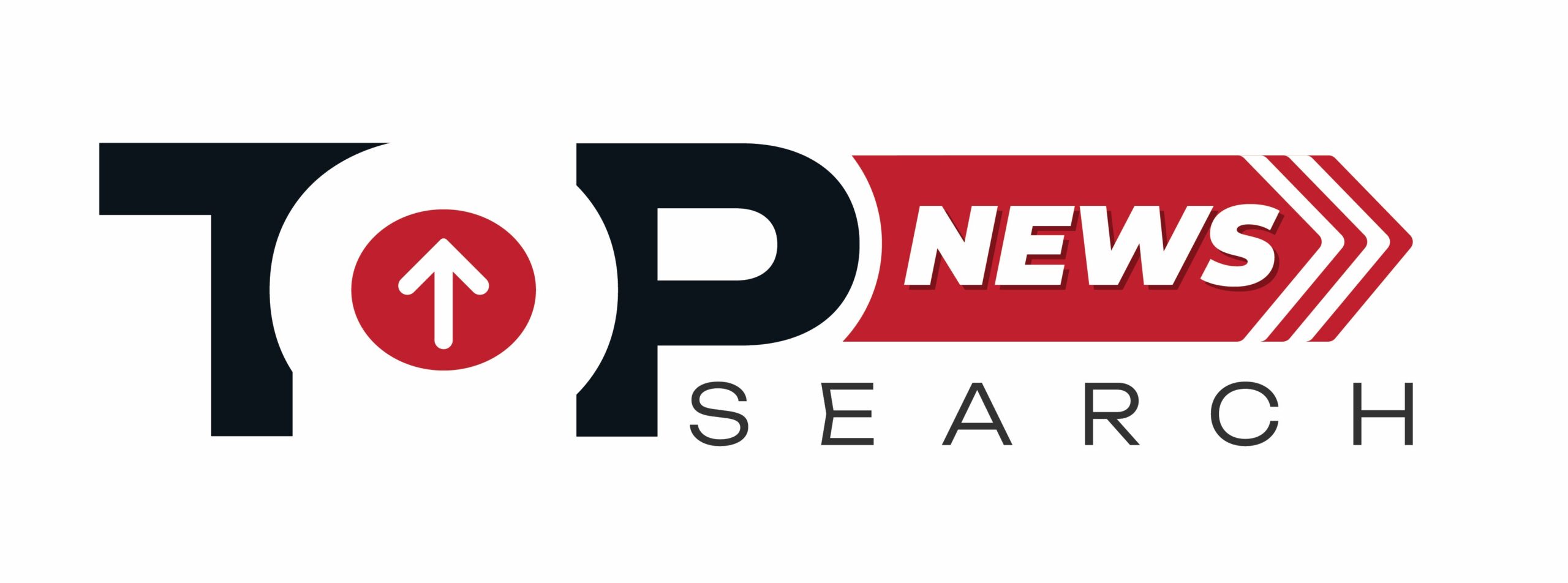
- September 2, 2025
- Top Search
- 10:51 am

“🎧 Listen to this article instead of reading (audio version below).”
As AI tools like ChatGPT become ever more prevalent, they’re redefining the boundaries of academic honesty. To preserve integrity, U.S. colleges are turning back the clock—reviving handwritten tests and in-person evaluations. This analog renaissance is more than nostalgia; it’s a carefully considered strategy to protect authentic learning.
Why the Return to Handwritten Tests?
AI’s emergence as a default academic aid is prompting serious concern. Studies reveal over 60% of students admit to using AI for essay writing and assignments . AI-generated content often mimics individual writing styles so closely that traditional detection tools struggle to tell the difference . In response, educators are reviving “blue book” handwritten exams—conducted in real time, under supervision, and on pen and paper . Sales of these classic booklets have surged—up 80% at UC Berkeley, 50% at Florida, and 30% at Texas A&M .
Beyond Pen and Paper: A Multi-Layered Defense
Schools aren’t just relying on handwritten tests. In-class essays, oral viva voce exams, and presentation-based evaluations are gaining traction. These require immediate demonstration of understanding, dramatically reducing the window for digital assistance At Townsend Harris High School in Queens, students must now handwrite summer reading essays in class—not at home—ensuring the work captured is authentically theirs
[Pros and Cons]
Pros:
-
Authenticity: Handwritten exams minimize AI interference.
-
Critical thinking: Encourages spontaneous articulation and deeper reasoning.
-
Exam reliability: Blue books offer tried-and-true, low-tech reliability .
Cons:
-
Skill mismatch: Real-world work often relies on digital tools, making analog tests less representative of professional environments.
-
Stress and fairness: Some students may struggle with timed, on-the-spot writing
-
Partial solution: Handwritten tests don’t address other forms of AI misuse like take-home assignments or group projects
Educators’ Responses and Adaptation
Professors like Christopher Bartel of Appalachian State University have shifted significantly—from 100% take-home essays to just 30%, supplemented with handwritten in-class assessments Many students support the change once the reasoning is clearly communicated . Meanwhile, LinkedIn co-founder Reid Hoffman proposes future assessments be harder to cheat on—like oral exams or “AI-examiner”-style evaluations—while integrating AI as a learning tool rather than shunning it .
Looking Ahead: A Hybrid Future
The solution isn’t an all-analog rollback—but a hybrid model: combining supervised, in-person assessments with digital literacy, responsible AI use, and process-based assignments. As one dean put it, “Our job is to teach them how to think critically, even with new tools in hand” This balanced path preserves rigor while equipping students for an AI-augmented future.
FAQs
To prevent AI-generated assignments and ensure students produce original work under supervision.
While effective for in-class essays, they don’t address AI misuse in take-home tasks. A comprehensive approach is needed.
Many support the switch when informed—it’s seen as fairer and more reflective of genuine understanding.
Concerns exist for slower writers, but they aim to promote equal participation. Schools may offer accommodations.
A blend of analog testing, ethical AI integration, and assessments focused on process and critical thinking.

Recent Posts:


AI Chatbot 2025: From ELIZA to Next-Gen Smart Assistants


